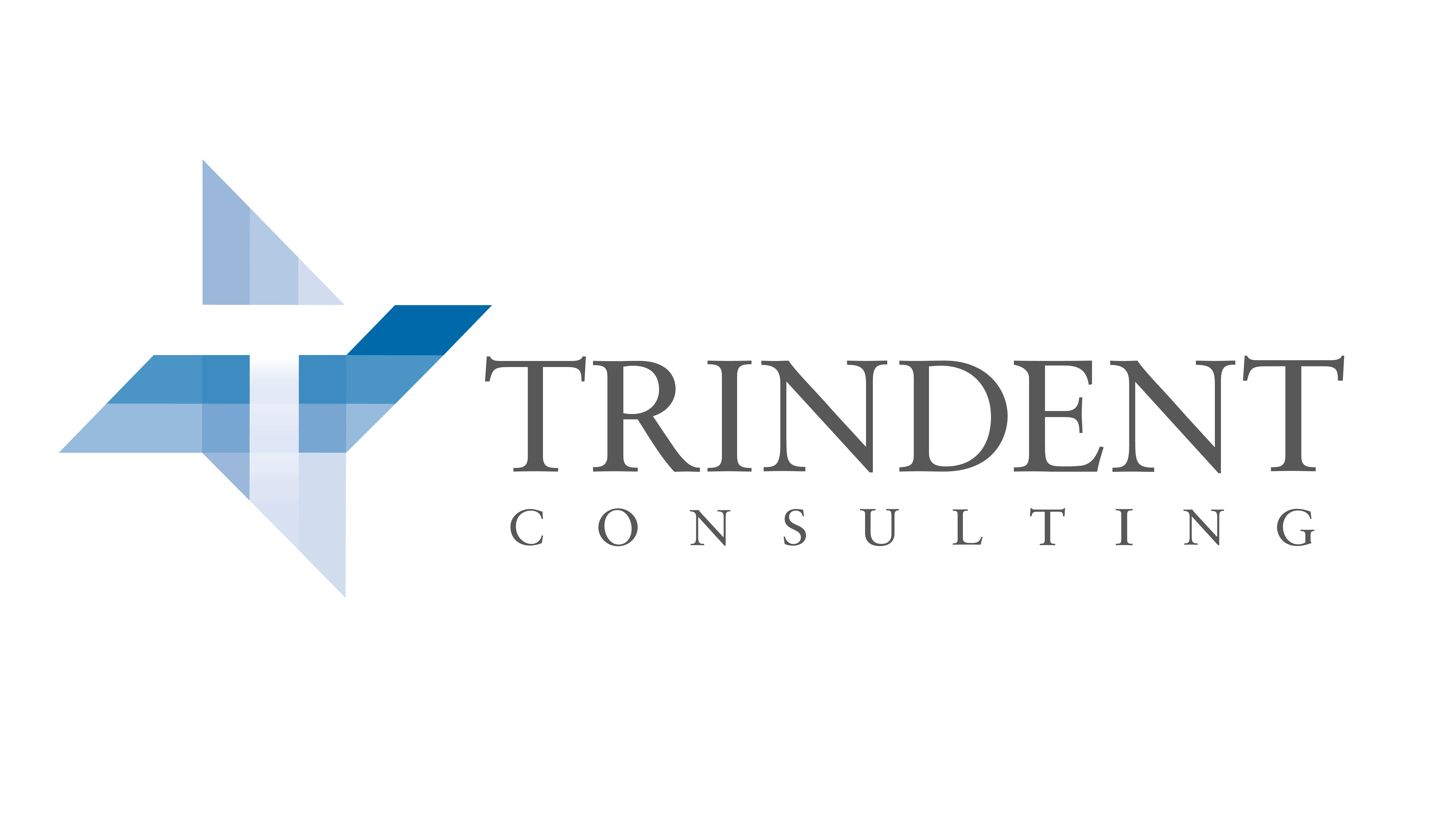Operational Risk Management for Banks
New frontiers have created new and important risks that can lead to severe losses.
The Need for Risk Management
The international banking system has experienced significant structural changes over the last thirty years. Major banks have merged, many institutions have become global and alliances with insurance companies and other financial service partners are increasingly common. Over the same period, the use of financial engineering and technology has been rising in popularity allowing banks to offer new products and enter into new business activities to satisfy customer needs. The changing structure combined with increased product offerings has been increasing risk exposures for the banking industry that have not traditionally existed particularly in the operational areas.
Operational Risk
There are sophisticated models developed to quantify and hedge market and credit risk, however, operational risk has been a newer occurrence and concern for the industry. These usually include day to day errors that have traditionally been viewed as a fixed cost of operating and were too small to have an impact on the business. The complexity of products is creating an increased likelihood of errors in business operations which can contribute significantly to the risk profile when viewed in aggregation.
Examples of Transaction Risks:
- Mark to model error
- Execution error
- Booking error
- Settlement error
- Volume risk
- Exceeding limits
- Information Risk
Conclusion
The banking industry has been facing changes in organizational structure and expanding product lines leading to new risk exposures that are difficult to quantify since they have not existed in the past. However, failure to identify or neutralize risks in a timely manner can lead to severe financial losses or interruptions in activities that actually add value to corporate goals. A thorough risk management methodology that is regularly reviewed must be implemented to ensure operational stability and organizational health so that further growth can be sustained.
Staffing Optimization
Determining and maintaining optimal staffing levels is critical to efficiency.
Optimizing Staffing
When it comes to human capital, many organizations struggle with the simple question – are we understaffed or overstaffed? Determining and maintaining optimal staffing levels is critical to an organization’s efficiency. Optimal staffing depends on several factors including industry, function, sales expectations, customer service, and operations. The concept of being understaffed or overstaffed also plays a critical role in employees’ behaviors, attitudes, and directly affects individual productivity.
Understaffing – Employee Concerns
When an organization becomes understaffed, they typically encounter excess overtime, morale issues, absenteeism, employee burnout, and have a difficulty with relief coverage and training requirements. Most organizations can operate in an understaffed environment in the short term. Employees, when tasked with assisting the organization in increased workload while new hires are recruited, tend to elevate their performance in the short term. However, if sustained for an extensive length of time, employees become frustrated and de-motivated resulting in decreased productivity and morale issues.
Overstaffing – A Costly Venture
Overstaffing is costly and organizations strive to avoid being in this situation but many fail. Not only is overstaffing costly in terms of payroll and benefits, but it promotes a monotonous culture for employees who are not being utilized through the organizations continuous operations. Organizations typically get this aspect wrong; when an operational problem arises, they throw additional resources at it in an attempt to alleviate the issue. The key to avoiding this is to think creatively about how to accomplish the work without adding additional staff and determine whether or not hiring additional staff is feasible.
Techniques to Obtain Optimal Staffing
One of the most effective techniques for a Manager to utilize in determining the optimal staffing level is to complete an area workload assessment (AWA) in each area they oversee. An AWA breaks down each process into independent activities and tells the Manager the monthly hours, or full time employees, that are required to complete the necessary tasks based on a predefined volume. With that completed, a Manager or Executive will know the exact number of full time employees required and when an area or function is over or understaffed.
Another tool that Managers can utilize to reduce lost time due to non-value added steps in the process and install measurable workload completions for employees is process observations. When a Manager or Supervisor observes an employee for a shift, the employee typically performs at their best. The Manager, after observing the best repeatable steps, can define a target for all employees in that area and measure productivity for each employee based on that goal. Additionally, the Manager or Supervisor, while observing, can eliminate any redundant or unnecessary tasks and transfer any best practices or learning’s to the employee to help them become more efficient.
Method or process changes can help an organization complete more tasks with fewer resources. This becomes particularly important when an organization is understaffed, resources are scarce, and work that needs to be completed becomes backlogged. Idea generation and implementation are critical to an organizations ability to remain competitive. Small, implementable ideas from employees who complete the tasks on a daily basis can multiply and represent drastic improvements for an organization.
If an area or function is overstaffed, Managers can shift resources to other areas to increase employee productivity and utilize available resources. Cross training employees in multiple areas helps with employee turnover, seasonality, and backlogs in an organization and having the ability to adapt and shift resources is an extremely important tool to opetimizing staffing.
Conclusion
Whether an organization is large or small, optimizing staffing levels is a critical component in remaining competitive. Although employee turnover and attrition cause staffing levels to fluctuate, Managers and Senior Leaders have tools available to them from Trindent Consulting in obtaining the optimal staffing level for any organization.

